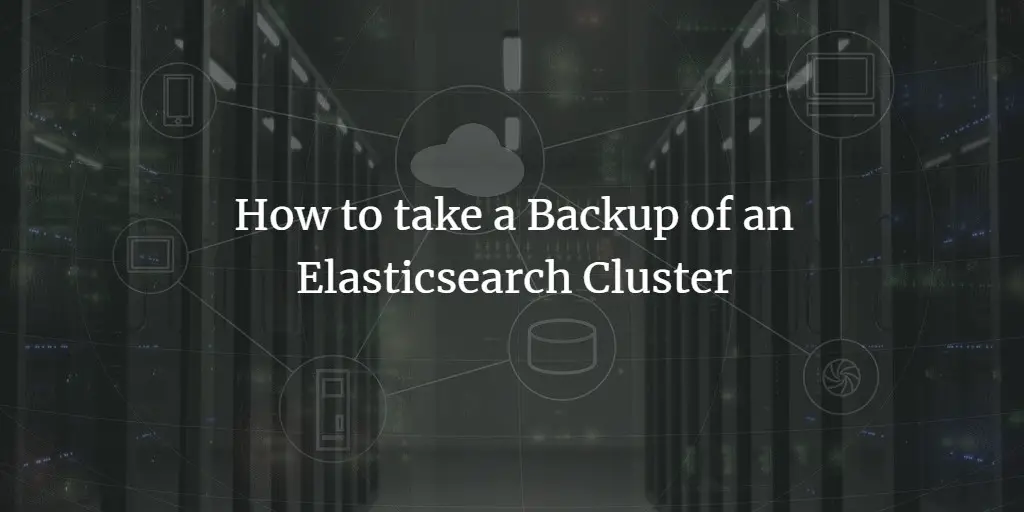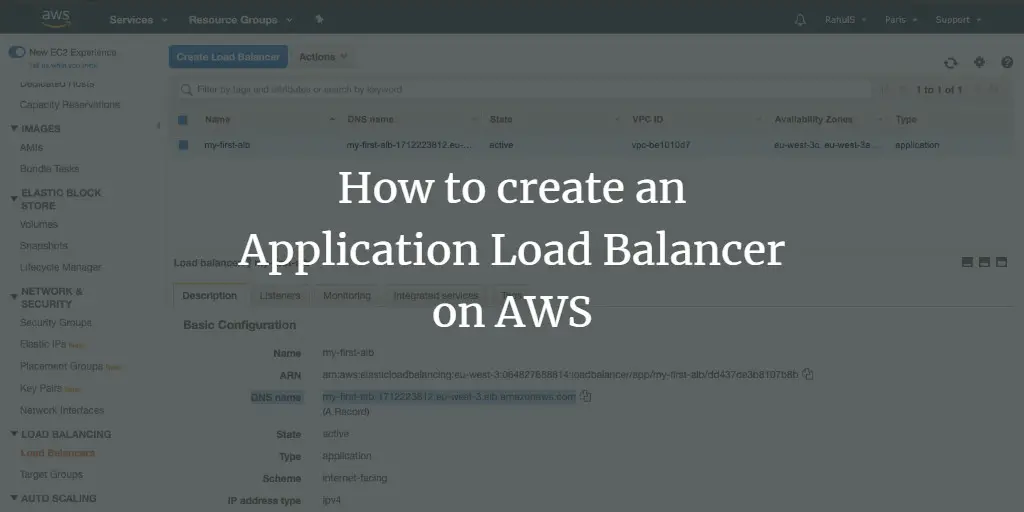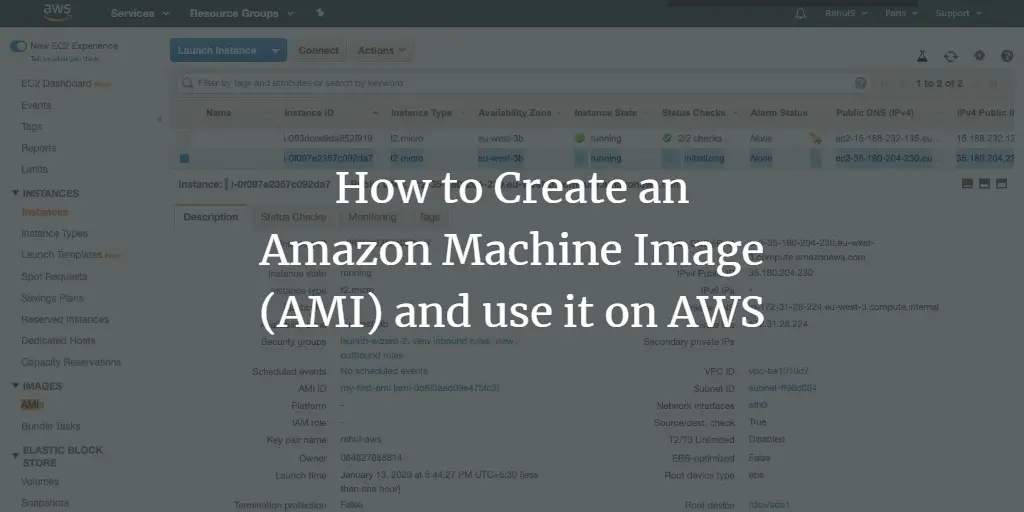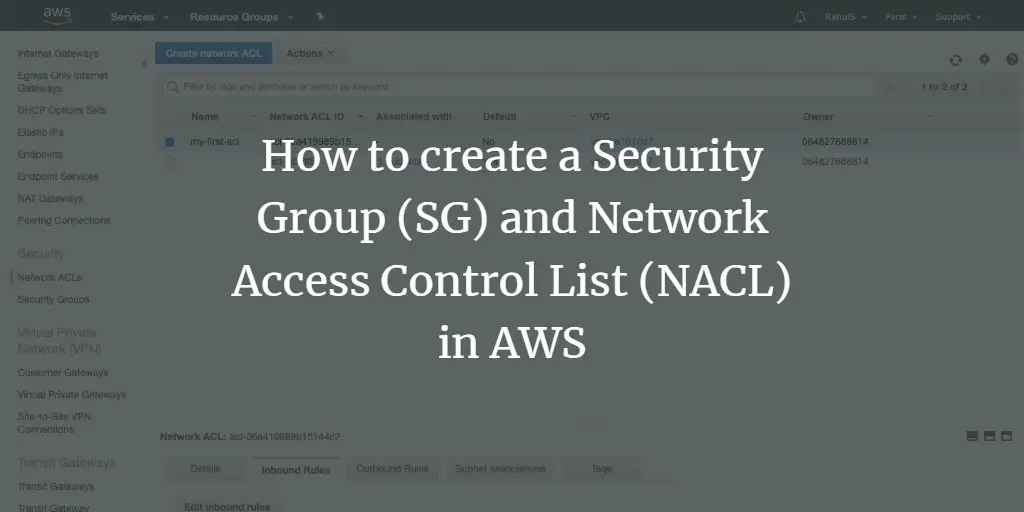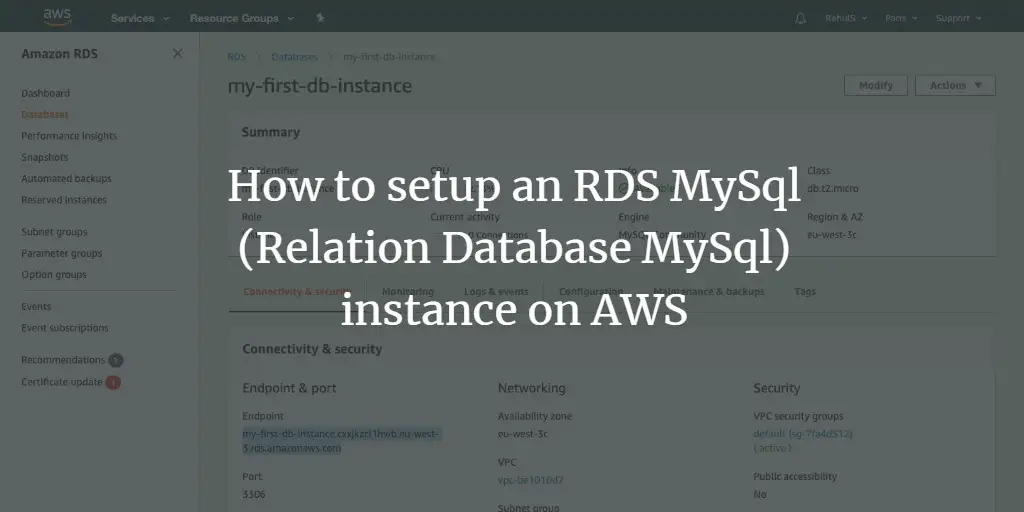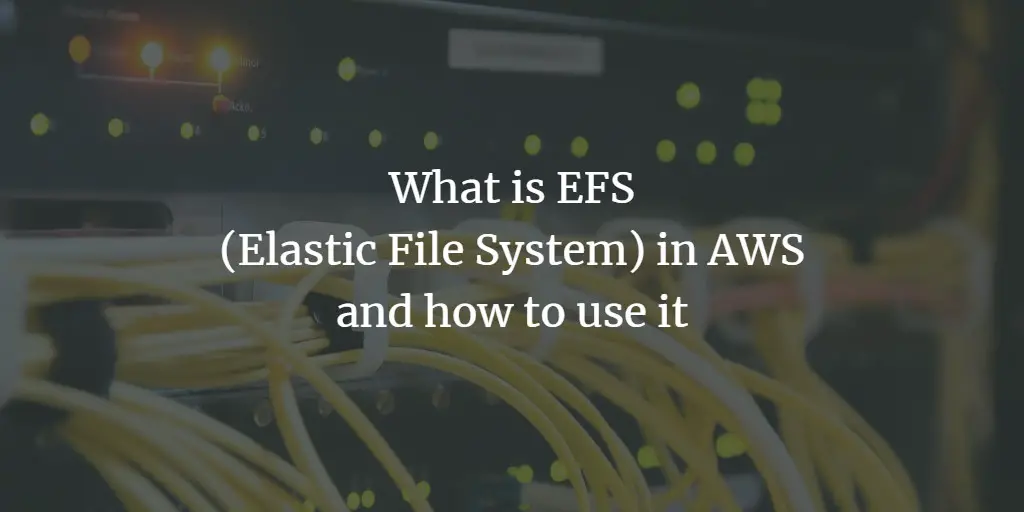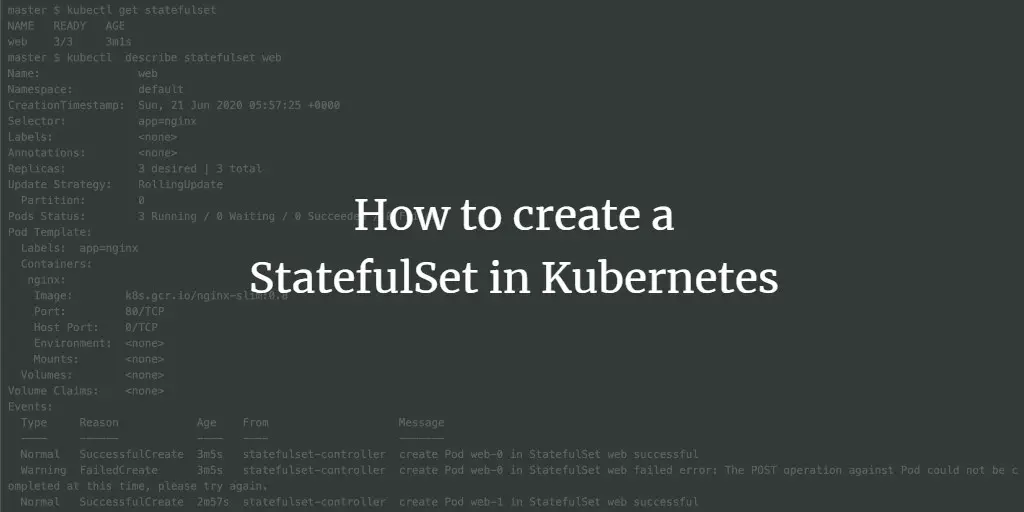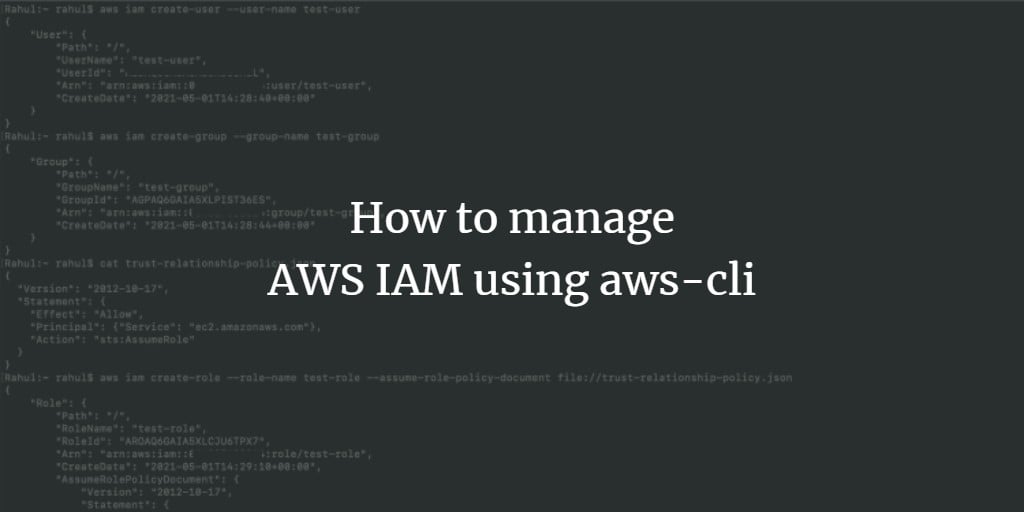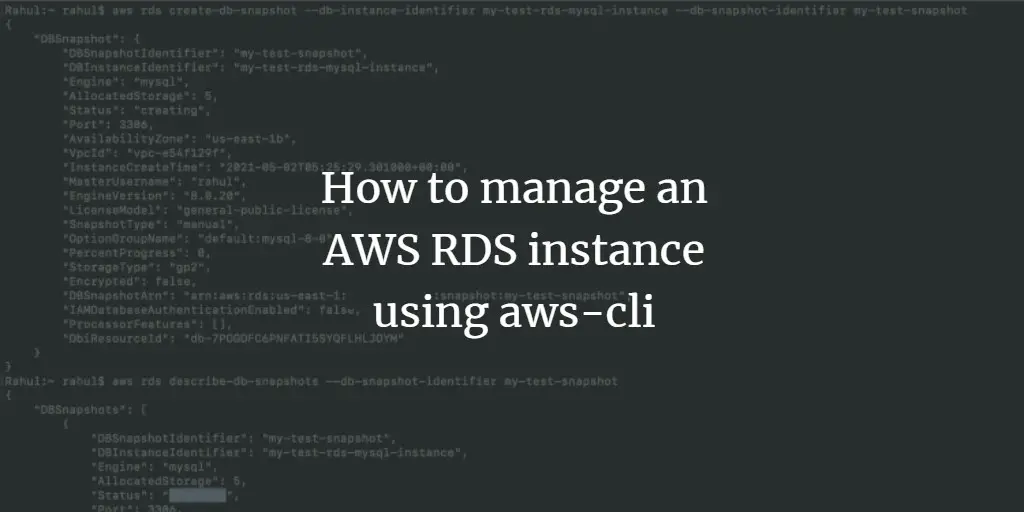Articles by Rahul Shivalkar
-
How to take a Backup of an Elasticsearch Cluster
Author: Rahul Shivalkar • Tags: cloud, linux, ubuntu • Comments: 0This article will show you how to backup and restore an Elasticsearch cluster on Ubuntu Linux. A shared NFS directory is used as storage for the backup.
-
How to create an Application Load Balancer on AWS
Author: Rahul Shivalkar • Tags: cloud, linux • Comments: 0An Application Load Balancer works at the seventh layer of the Open Systems Interconnection (OSI) model, the application layer. We can add and remove targets from our load balancer as per our needs without affecting the flow of requests to the application. In this article, we will see how to create an Application Load Balancer, register instances, and access the Load Balancer using its DNS.
-
How to use Cloudformation to create a VPC on AWS
Author: Rahul Shivalkar • Tags: cloud, linux • Comments: 0Using Cloudformation, we can create and manage AWS resources very easily. Cloudformation can be used to manage all AWS resources using a text file. In this article, we will see a Cloudformation to create a VPC with 2 Public and 2 Private Subnets.
-
-
How to Create an Amazon Machine Image (AMI) and use it on AWS
Author: Rahul Shivalkar • Tags: cloud, linux • Comments: 0An Amazon Machine Image (AMI) provides the information required to launch an instance. An EC2 instance can not be launched without an AMI. We can create as many instances as we want from a single AMI when we need multiple instances with the same configuration. To create an instance we can use readily available AMI or we can create our own AMI.
-
How to create a Security Group (SG) and Network Access Control List (NACL) in AWS
Author: Rahul Shivalkar • Tags: cloud, linux • Comments: 0Security Groups (SGs) and Network Access Control Lists(NACLs) are the features that come with Virtual Private Cloud (VPC) in Amazon Web Services(AWS). In this article, we will see the steps to create an SG and NACL.
-
How to setup an RDS MySql (Relation Database MySql) instance on AWS
Author: Rahul Shivalkar • Tags: cloud, linux • Comments: 0RDS(Relational Database Service) comes under “Database” services of AWS(Amazon Web Services) Cloud. In this article, we will see how to create an RDS MySql Instance, provision and terminate it.
-
What is EFS (Elastic File System) in AWS and how to use it
Author: Rahul Shivalkar • Tags: cloud, linux • Comments: 2Amazon Elastic File System(EFS) provides an NFS file system for use with AWS Cloud services and on-premises resources which is simple, scalable, fully managed. We can mount this file system either on AWS Cloud or our on-premises servers. In this article, we will focus on creating a simple EFS filesystem and mount it on an Ubuntu EC2 instance.
-
How to create a StatefulSet in Kubernetes
Author: Rahul Shivalkar • Tags: cloud, linux, nginx, server, virtualization • Comments: 0StatefulSets contain a set of Pods with unique, persistent identities and stable hostnames. In this article, we will create a Statefulset with replicas of Nginx pods. We will perform operations on the Pods to see how they are deleted and created.
-
How to manage AWS IAM using aws-cli
Author: Rahul Shivalkar • Tags: cloud • Comments: 0Managing IAM Users, Groups, and Roles from your terminal is easy and interesting, you just need to execute the commands to achieve the task. In this article, we will see the commands to create Users, Groups, and Roles.
-
How to manage an AWS RDS instance using aws-cli
Author: Rahul Shivalkar • Tags: cloud • Comments: 1You can easily create and manage RDS resources using aws-cli commands. In this article, we will see the commands to create an RDS MySql Instance and how to make a snapshot of the database.

